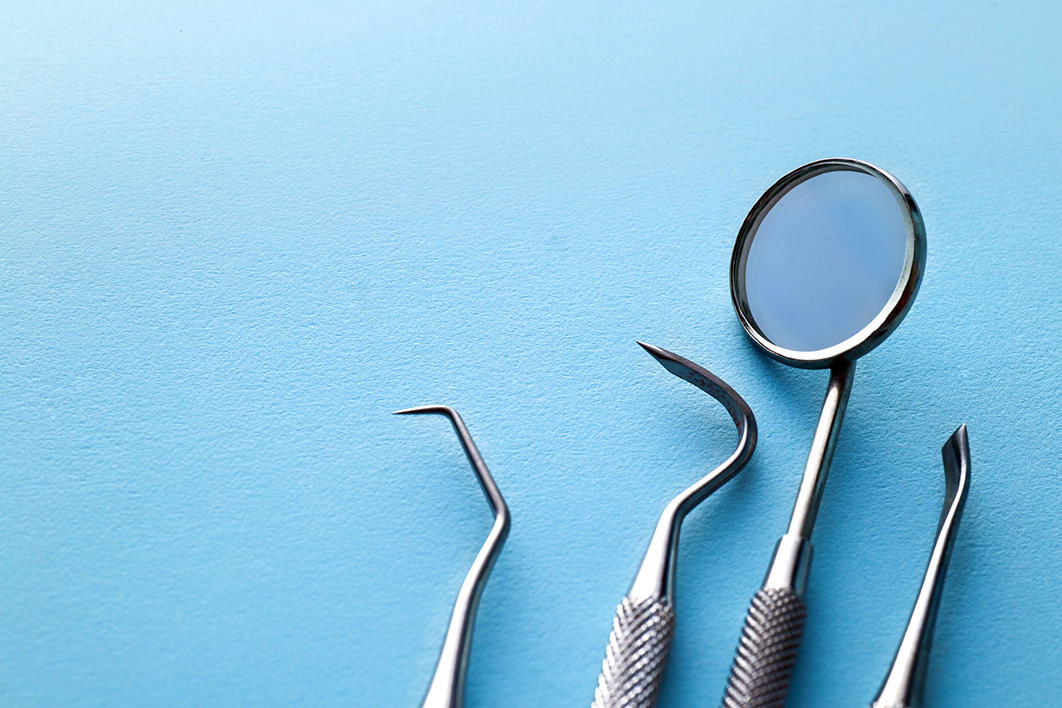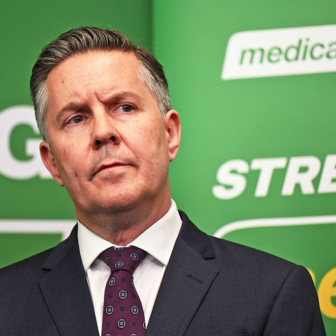When Australians need to see a GP, Medicare picks up all or most of the bill. When they need to see a dentist, they are on their own. Yet there’s no compelling medical or economic reason to treat the mouth so differently from the rest of the body.
With most spending on dentistry coming straight out of patients’ pockets, people who can’t afford to pay don’t get the care they need unless they go on long (often multi-year) waiting lists for public treatment. Survey data reveals that about two million people who needed dental care in the past year either didn’t get it, or delayed getting it, because of the cost. By contrast, only 4 per cent of people who needed to see a GP say they delayed or skipped a visit to the doctor because of the cost. Poor and disadvantaged people are most likely to miss out.
The consequence is widespread poor oral health. About a quarter of Australian adults say they avoid some foods because of the condition of their teeth; for low-income people, it’s about a third. Low-income people are more likely to have periodontal disease, untreated tooth decay or missing teeth.
Bad oral health has painful and costly consequences. Evidence suggests oral health conditions can contribute to other health problems, including diabetes and heart disease. Oral health conditions also get worse if untreated — and people often end up going to a GP or hospital emergency department to be treated for conditions that could have been arrested with earlier care. The evidence suggests that about 750,000 GP consultations each year are for dental problems.
In the public system, meanwhile, dental help is inadequate, uncoordinated and inequitable across the states and territories. Most states have waiting lists of well over a year for public dental care, and if people need to wait a year for care, their conditions are only going to get worse.
Just as it takes responsibility for primary medical care, the federal government should take responsibility for funding primary dental care. Under a universal primary dental scheme, Australians could get the care they need, when they need it, without financial barriers.
Moving to a universal scheme overnight would be impractical, however. It would cost a lot of money — about $5.6 billion extra a year — and we would need to train a lot more dentists and oral health workers. So the federal government needs to map out the route to a universal scheme, including plans to expand the workforce, and introduce it in increments.
As the first step — which will cost about $1 billion extra per year — the Commonwealth should take over funding the existing public dental schemes, and fund them properly. Private sector providers should be able to deliver publicly funded dental care, but prevented from charging out-of-pocket costs. This extra government spending would mean that poorer people could go to the dentist as often as richer people.
Coverage should then be expanded — first to people on Centrelink payments, then to all children, then to all young people. After that, the federal government could take the final step to a universal scheme. We calculate that the transition should take about ten years.
The first stage needs to get the model right — how to attract and retain the right private providers of dental care, and how to make public providers accountable for the money they get. This will require getting much better data from dental providers — not just how many patients they see and what treatment they provide, but what results are achieved as well. All participating practices, public and private, should be obliged to participate in formal activities designed to improve the quality of their services, and accept that people who use their services will be encouraged to provide feedback about their experience.
This measurement approach would help weed out poorer practices from the scheme, and encourage those that remain to emphasise preventive dental care rather than the standard “drill and fill” approach. Over time, the payment approach could incorporate some form of reward for good patient results.
Universal dental care is a big idea whose time has come. Australians — regardless of their income — can get medical care when they need it. They should be able to get dental care, too, without financial barriers. •




